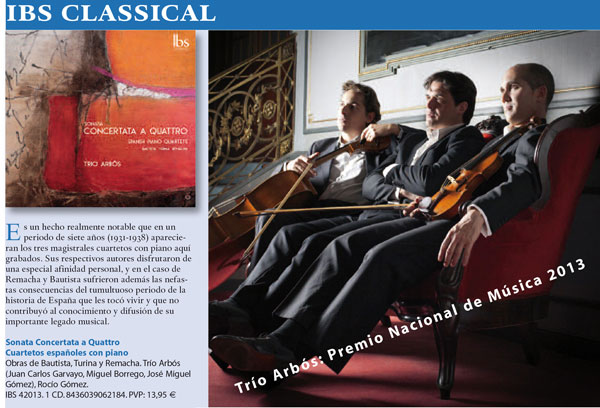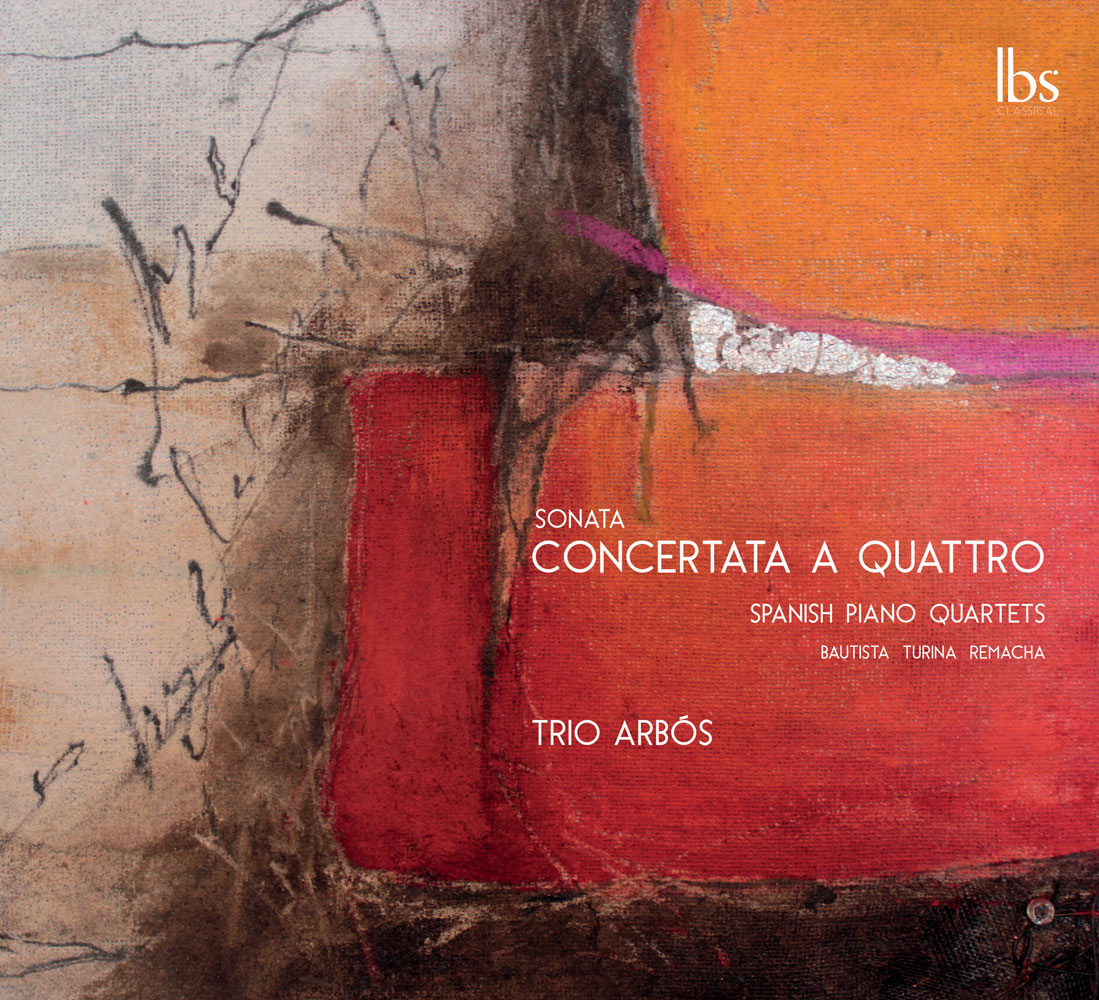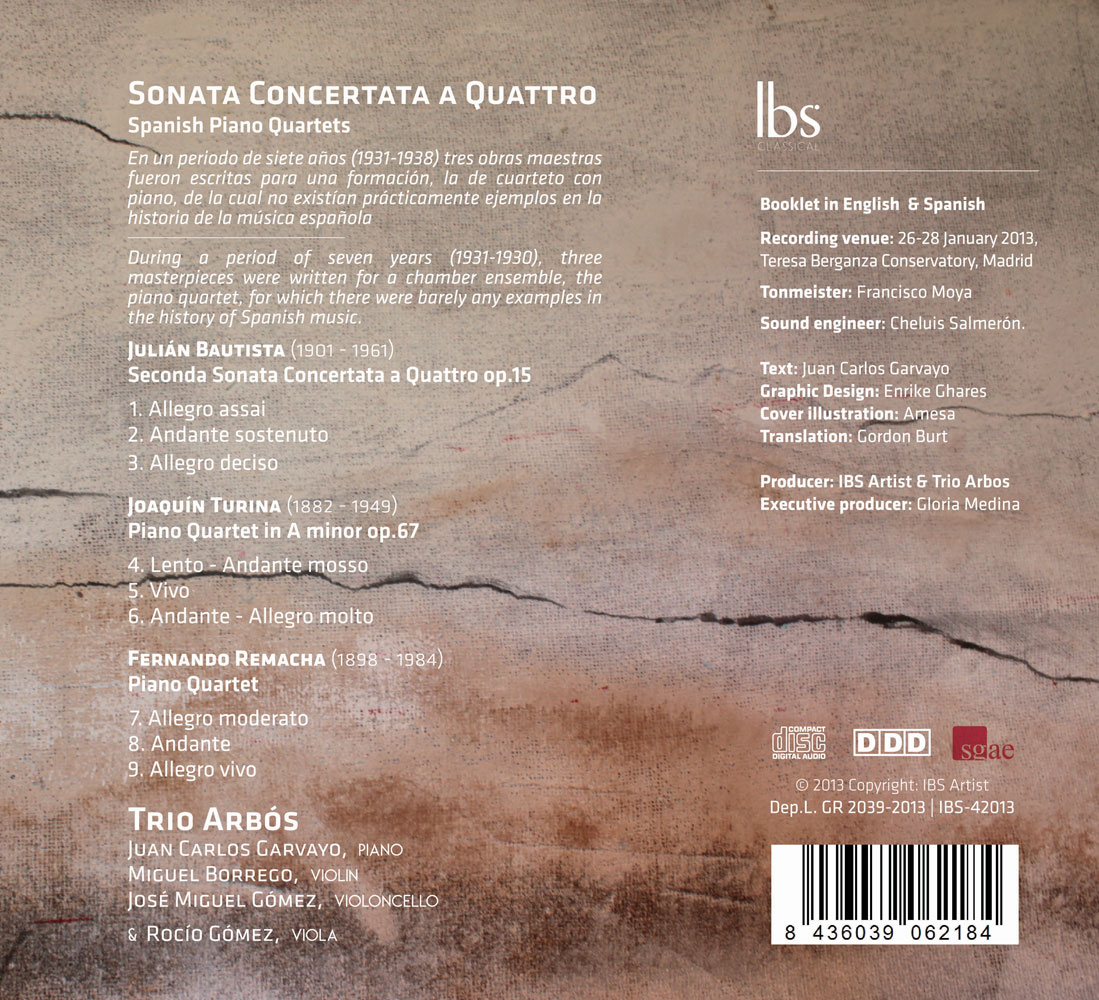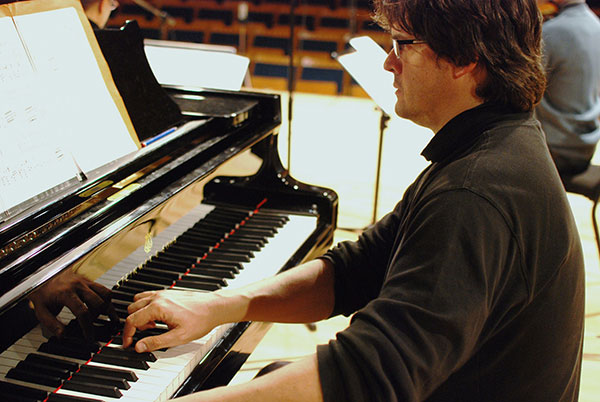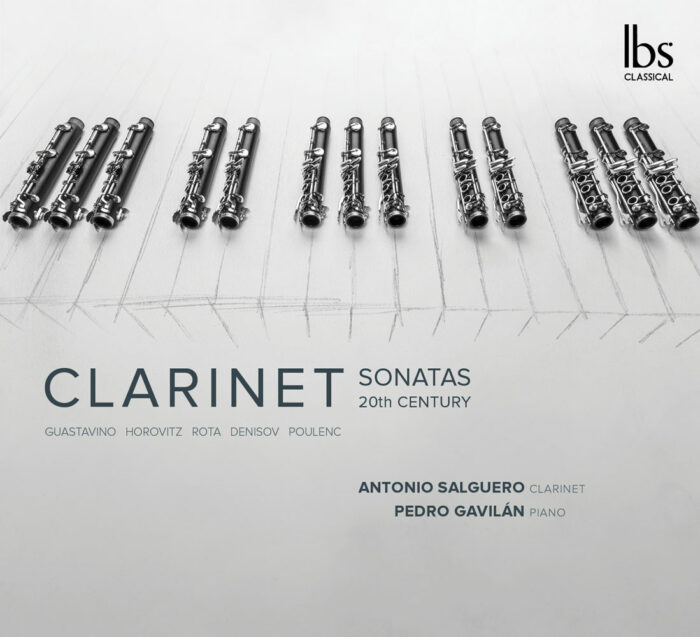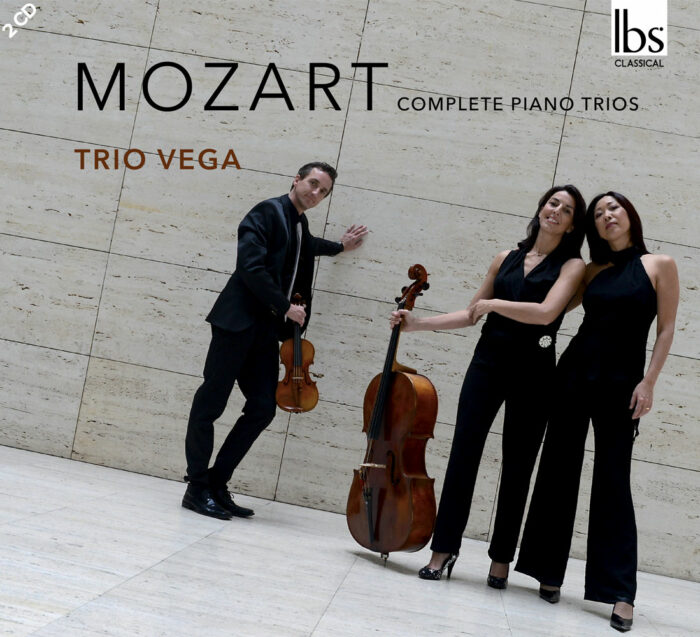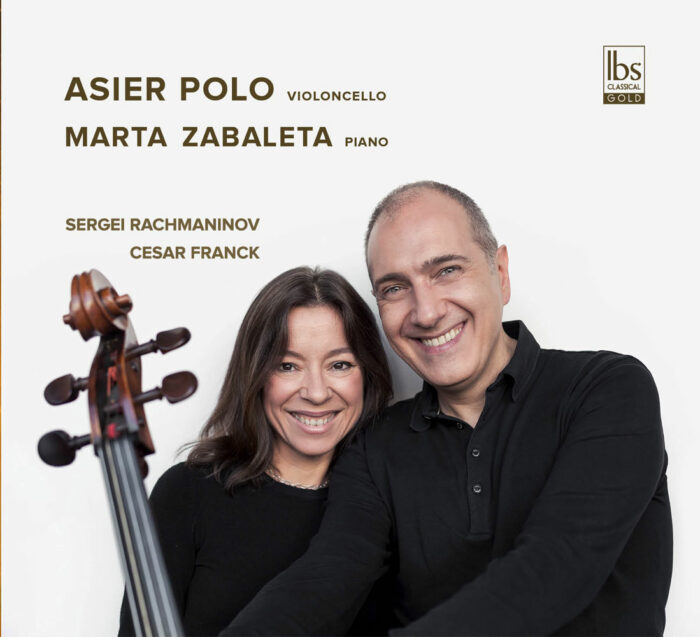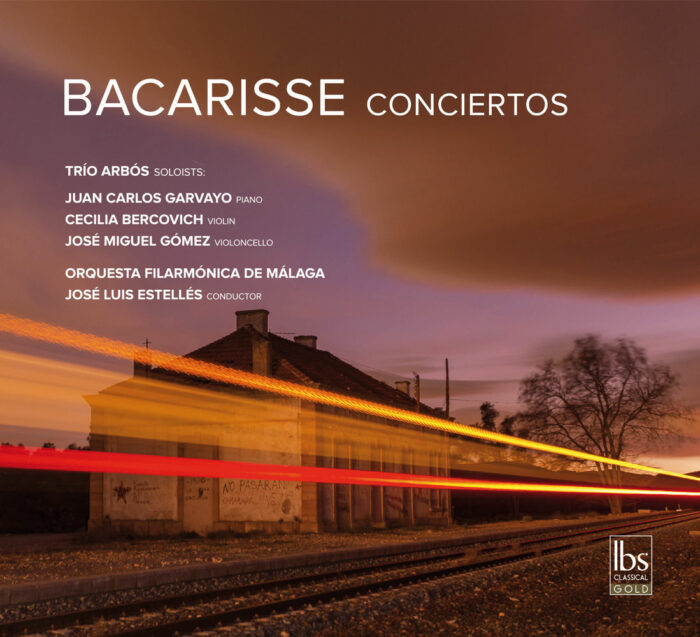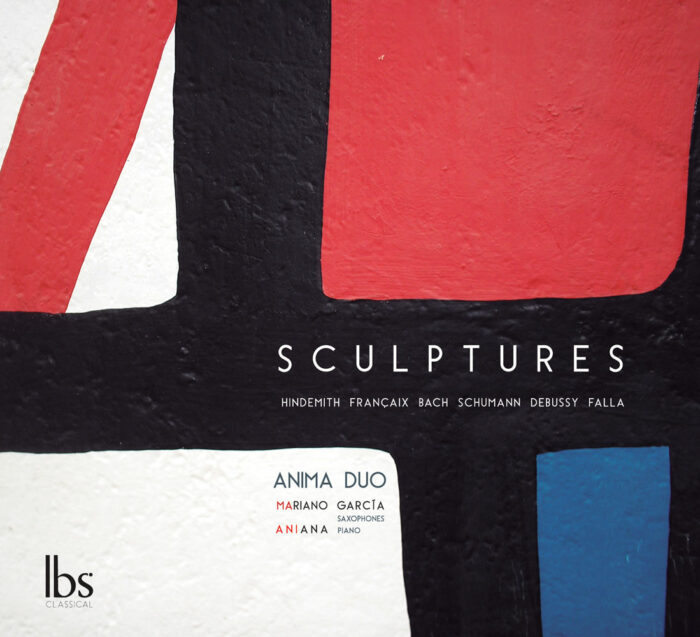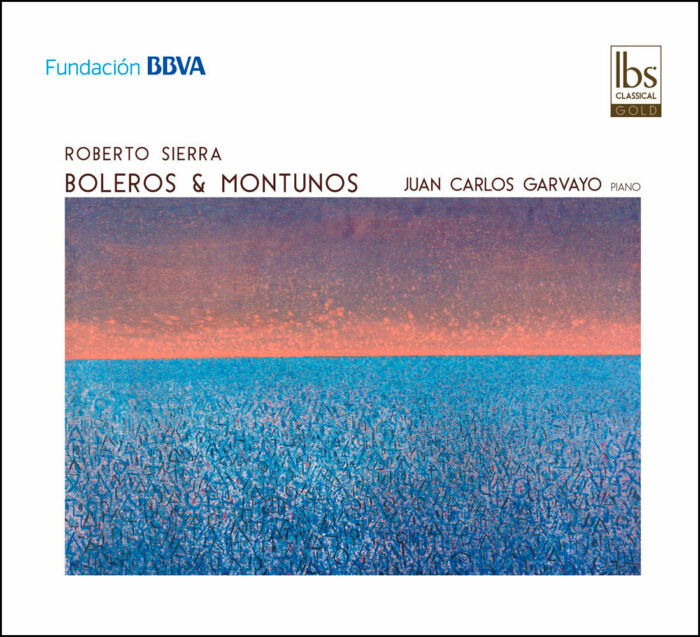Sonata Concertata
13,95€
Trio Arbós
During a period o f seven years (1931-1930), three masterpieces were written for a chamber ensemble, the piano quartet, for which there were barely any examples in the history of Spanish music:
The “Seconda Sonata Concertata a Quattro”, International Chamber Prize of Bruxels (Julian Bautista), Her Majesty Belgian Queen Elisabeth its dedicatee, is a major, forceful work, impetuously, overwhelming, evoking a degree of Stravinskyan primitivism or tinged with southern elegance. Incisive rhythms, obsessive melodic intervals and caustic harmonies flow into a sort of disfigured lyricism whose main theme alternates the instruments of the ensemble in dialogue form. Joaquín Turina conceived his Quartet in terms of purity of concept, both in the elegantly engraved melodic ideas and in the perfectly balanced instrumentation, no player ancillary or redundant. As part of the neoclassical aesthetic predominant in southern Europe, the Remacha’s Piano Quartet Op.67 formal structure is clear, ordered, its three movements designed around pure classical forms par excellence. Influences may be made out here and there of the neoclassical Stravinsky in the formal precision, incisive rhythms and sharp-edged gestures, and some taste for malevolent dissonance.
13,95€
Trio Arbós
Awarded with the National Prize of Music, the trio was founded in 1996 in Madrid and was named after the Spanish violinist, conductor and composer Enrique Fernández Arbós (1863-1939), the Trio Arbós has established itself as one Euope’s leading chamber ensembles. The repertoire of the trio ranges from the classical to the contemporary, with specially commissioned works forming a significant part of their concert programs. Georges Aperghis, Toshio Hosokawa, Ivan Fedele, Mauricio Sotelo, Luis de Pablo, Jesús Torres, Hilda Paredes, Roberto Sierra, George E. López, Bernhard Gander, Aureliano Cattaneo and J. M. Sánchez Verdú are some of the composers who have dedicated works to this ensemble. The Trio has appeared frequently in major concert halls and festivals in more than 30 countries: Vienna Konzerthaus, Moscow Tchaikovsky Conservatory, Helsinki Sibelius Accademy, Buenos Aires Teatro Colón, Madrid Auditorio Nacional, Kuhmo Festival, Time of Music of Viitasaari, Nuova Consonanza, Wittener Tage für Neue Musik, Nuova Consonanza of Rome, Musica Festival of Strasbourg, Biennale of Venice, Casals Festival of Puerto Rico, etc. The Trio Arbós has recorded the complete piano trios by Joaquín Turina for Naxos, as well as music by Roberto Sierra, Mauricio Sotelo, Jesús Torres and César Camarero for different labels such as Kairos, Verso, Col Legno, IBS Classical, etc. The prestigious magazine Gramophone said of of their acclaimed CD “Play it again”: “This disc reaffirms the credentials of Trio Arbós as among the most inclusive and forward-thinking of chamber ensembles.” The Trio Arbós has held a residence at the Reina Sofía Museum of Contemporary Art of Madrid. Its project Triple Zone for the creation of new literature for piano trio has been sponsored by the Ernst von Siemens Musikstiftung and the BBVA Foundation.
Review
